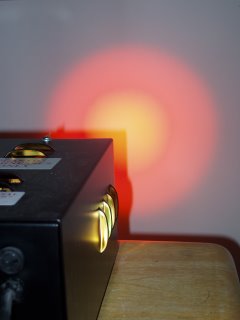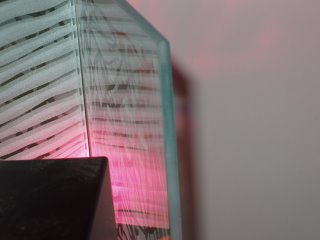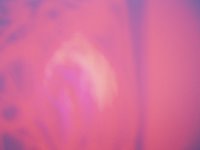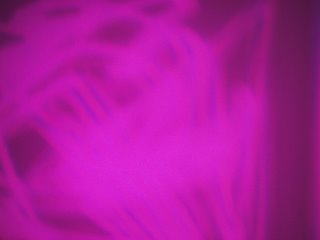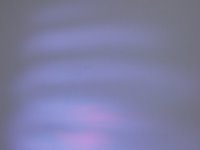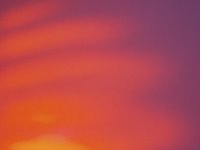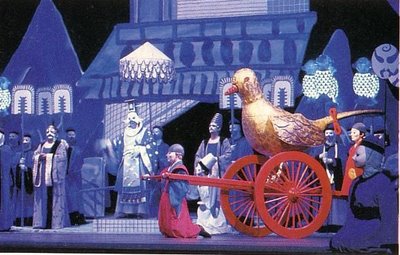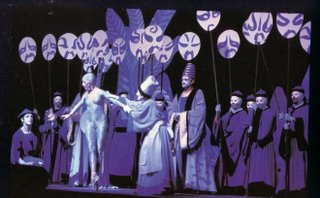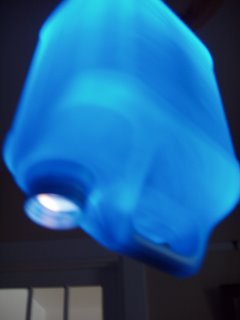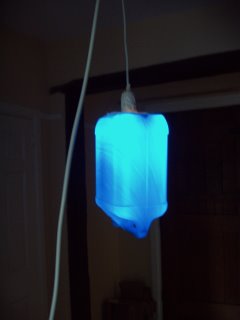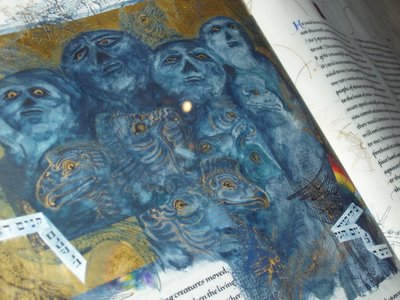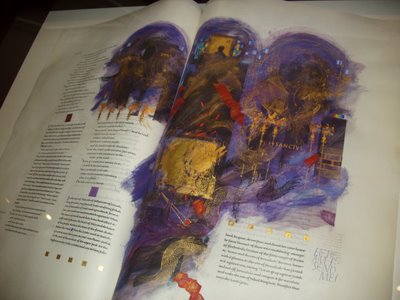Help for new visitors!
If you'd like to follow in time sequence please use the Archive links bottom right to click and link to the appropriate pages.
Otherwise read on... from the evaluation backwards...
Lots of images are posted throughout but this first bit is rather wordy!
Please make comments if you'd like to
More recent work at
http://illuminatingcolour.blogspot.com
Bibliography
The actual list of references would be huge but these are the most important sources of my research.Borchardt-Hume, Achim, Albers and Moholy-Nagy, From the Bauhaus to the New World, 2006, London: Tate Publishing, 1-85437-638-1
Butterfield, Jan, The Art of Light and Space, 1993, New York: Abbeville Press, 1-55859-272-5
Friedman, Martin, Hockney Paints the Stage, 1983, London: Thames & Hudson, 0-7287-0447-1Govan, Michael & Bell, Tiffany, Dan Flavin: A Retrospective, 2004, New York: Dia Art Foundation, 0-944521-50-9 Hess, Thomas B & Ashbery, John (ed), Light: From Aten to Laser, 1969, New York: The Macmillan Company
Keller, Max, Light Fantastic, 1999, Munich, London, New York: Prestel Verlag, 3-7913-2162-5
Nesbitt, Judith & Watkins, Jonathan , Days Like These, Tate Triennial Exhibition of Contemporary British Art, 2003, London: Tate Publishing, 1-85437-437-5
Osborne, June, John Piper and Stained Glass, 1997, Stroud: Sutton Publishers, 0-7509-1088-7
Pilbrow, Richard, Stage Lighting, 1970, Great Britain: Studio Vista Ltd, 0-289-79763-2
Rothko, Mark, Exhibition catalogue from the National Gallery of Art, 1998, Washington: National Gallery of Art , 0-300-08193-6Wilmerding, John, American Light, 1980,Washington: Harpers & Row, 0-06-438940-5Wolff, John, Light Fantastic, 1977, London: Bergstrom + Boyle Books Limited, 0-903767-17-1
Some of the websites accessed:
http://www.mudam.lu/shrigley/shrigley_on-off.htm, David Shrigley , Artist website http://ledartist.com/index.html, Teddy Lo, Online led art
http://www.gasworks.org.uk/varts/iva_nav/, Ivan Navarro, Gasworks exhibition
http://www.saatchi-gallery.co.uk/artists/ivan_navarro.htm, Ivan Navarro, Saatchi Gallery
www.zen54564.zen.co.uk/r/press.htm, Richard Box, Artist website
http://www.pureenergysystems.com/news/exclusive/wireless_transformer/index.html, Pure Energy Systems Network Inc., Organisation fostering renewable energy
http://www.colourscape.org.uk, Colourscape Org, An experience of coloured rooms and light http://www.hayward.org.uk/, Hayward Gallery, Dan Flavin exhibition
http://about.bloomberg.com/about/ourco/space/index.html, Bloomberg Space, Backdrop exhibition including David Bachelor’s Candelabra 3
http://bovardstudio.com/gallery/contemporary.aspx, Bovard Studio, Stained Glass Maker’s studio with sample images
http://www.vam.ac.uk/collections/prints_books/saintjohnsbible/index.html, V&A Museum, St Johns Illuminated Bible http://www.saintjohnsbible.org/
http://www.mi.sanu.ac.yu/vismath/russ/index.html, Irene Rousseau, Thesis: Spectral Light as Sculptured Space
http://www.whitecube.com/html/artists/cee/cee_frset.html, Cerith Wyn Evans at White Cube Gallery
Key exhibitions visited with reference to light...
Dan Flavin, 19 January – 2 April 2006, Hayward Gallery
Backdrop, 20 January – 18 March 2006, Bloomberg Space
The St John's Bible, 31 January - 1 May 2006, V&A Museum
Paul Hosking: New Works, March 2006, Fred [London] Ltd
Ellsworth Kelly, 18 March - 21 May 2006 , The Serpentine Gallery
Albers and Moholy-Nagy Exhibition, 9 March – 4 June 2006, Tate Modern
Experiments with projection
I've been reading about James Turrell's works where he deflects or filters light, either natural or artificial and imbues a white space with colour. Unfortunately I've never seen any of his work - I intend to go to the Yorkshire Sculpture Park to see his newly commissioned work - it used to be a Deer shelter I believe. I have a colour wheel projector that I have used to project light through a piece of glass that I have sandblasted, and to deflect light via a mirror, also sandblasted.
This link is to my projection movie - it's only 16 seconds, but it shows the cycle of colours as the wheel turns http://www.youtube.com/watch?v=kkaZwaNEvys.
The effects are not amazing, but the resultant light has a diffused, disorientating quality about it. The images below are taken of the projection - reflected/deflected light is more difficult to photograph since it relies more on visual perception than actual colour. To see this work best I need to find a room, painted white,
with no natural light - that'll be the 'black hole' at Kingston then! It would be fantastic to achieve some kind of spiritual feel as Turrell does, although his is on a much larger scale of course!
